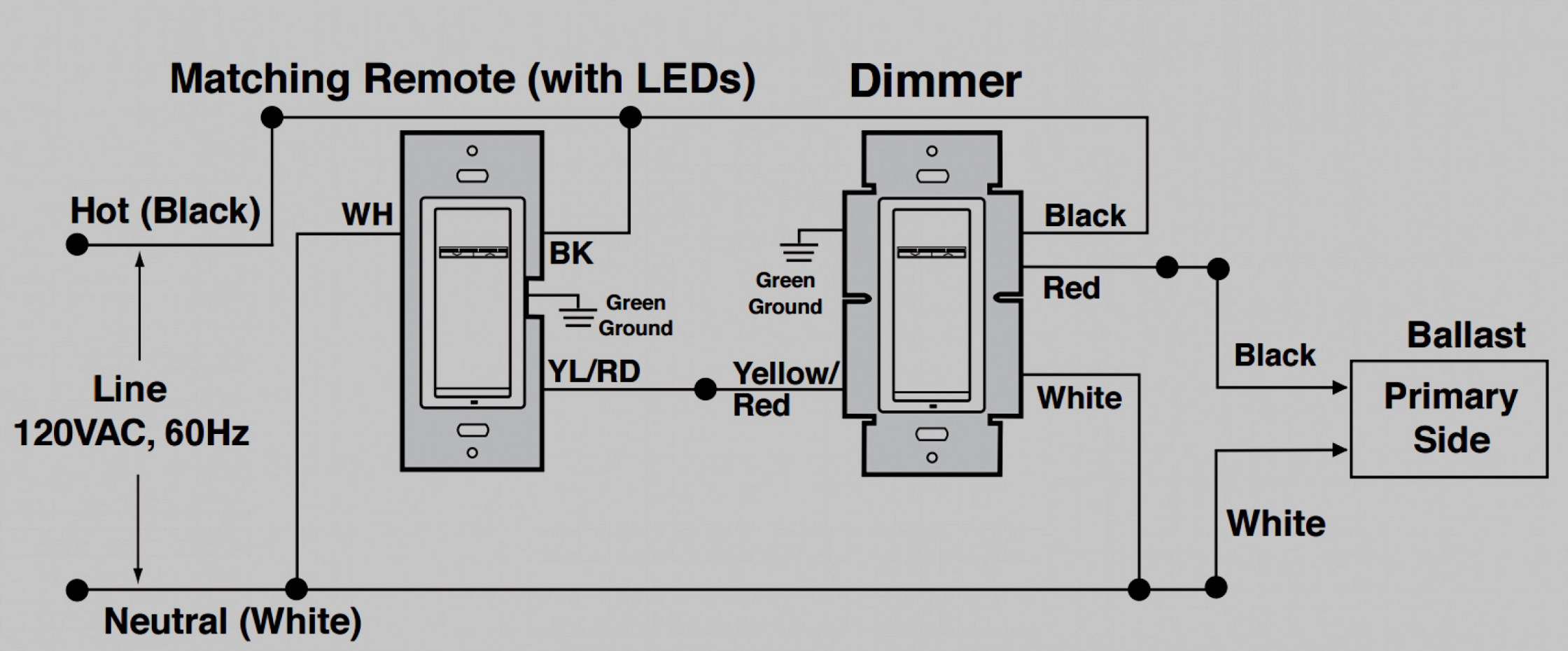
This electrical wiring question came from: John, in Mahwah, New Jersey.ĭave’s Reply: Thanks for your electrical wiring question John. How easy would it be for me to replace the dimmers with standard paddle switches & would that fix problem?.There is a blue wire on each switch that is not used.The last wire at the top of the switch is yellow and, for one switch attaches to a white wire and for the other switch a black wire both of which I assume lead up to the track lighting.A green ground connects to green ground from the other switch. The switch has four wires – a white and black which connect to the white and black from the other switch.In addition, that dimmer seems to get very hot. Lutron replaced it and I reinstalled with the same problem. Recently one of the switch dimmer paddles broke & the switch would dim when I went to turn it off but would not shut off.They were installed several years back with a 2 gang set up with two low voltage dimmers that are the Master and Slave type.Connect the two black (one wire may be red with a white stripe) wires to the traveler wires in your wall, typically marked with a white or black rubber finish.Electrical Question: How easy would it be for me to replace dimmer switches?.Use a plastic wire cap to secure the two wires after wrapping, protecting the connection and ensuring a tight seal.The ground wire is typically green or copper and should be connected to the bottom, center wire on your dimmer. First, connect the ground wire to the corresponding wire on your dimmer.Make sure the electricity is turned off at the main fuse box before proceeding. These are more common in new builds to allow for transition in open-concept spaces, but can also be found in midcentury homes that brought open concept living to life.ģ-way switches are also marked with four wires in the wall outlet: a ground wire, a hot lead wire, and two travelers to allow for a connection to another switch or outlet. Use a wire cap to seal the final wire and prevent it from touching the other wires.ģ-way switches allow for multiple switches to control the same light source. Most dimmers have a fourth wire for a second traveler connection.Connect the final black wire to the remaining traveler wire in your wall, typically marked with a white or black rubber finish.They are usually marked red on the wall, but can be black and otherwise taped or marked off. Next, connect the red wire to the hot lead wire and cap them together.

Needle-nose pliers can help wrap and secure the wire in tight spaces. Connect the ground wire to the corresponding wire on your dimmer.Make sure the electricity is turned off at the main fuse box before proceeding! Take a box cutter to widen the space in the drywall and accommodate the new switch before installing. If your dimmer switch is too large for the box space, use a measuring tape to gauge the difference. Have an older home with a single-pole switch? Box dimensions have changed over time. Older or historic homes can have different wiring and need special care to install. If you have less than three wires, stop and call an electrician. Older homes may only have a hot lead and a ground wire. Single pole switches will have 3 wires: a hot lead wire, a ground wire, and a traveler wire. If you can turn your lights off using a different switch than the one you used to turn them on, skip down to the 3-way switch section.


You have a single-pole switch if you can only turn on/off your lights using a singular switch. They control the electricity to one light source. Single pole switches are your standard light switches.

Test the wires with the voltmeter to triple-check voltage levels.


 0 kommentar(er)
0 kommentar(er)
